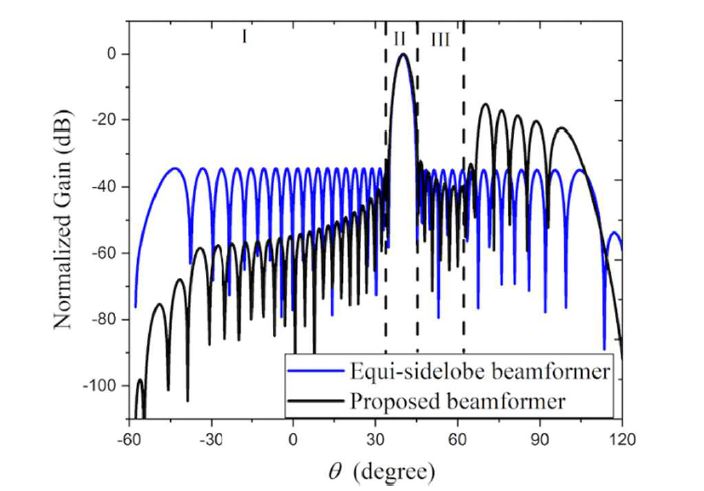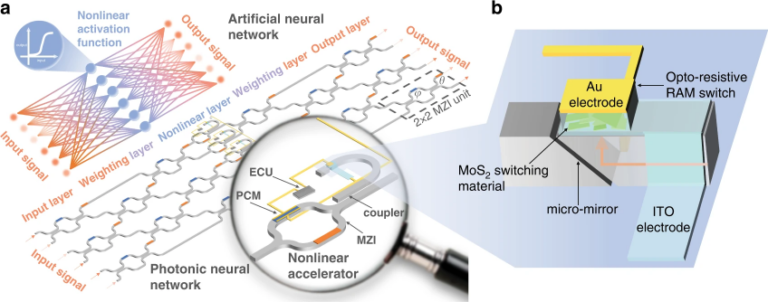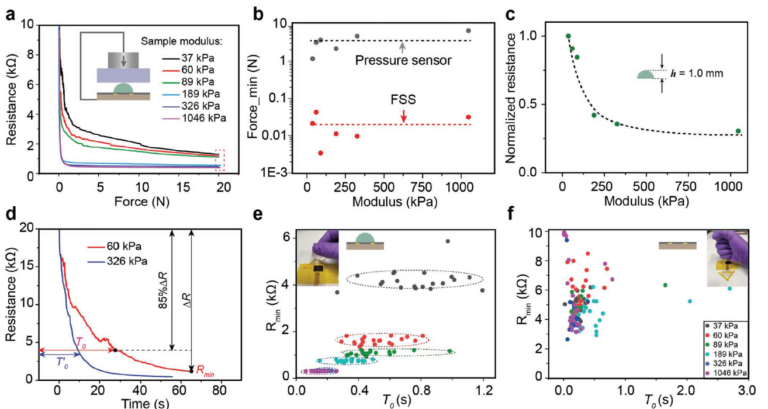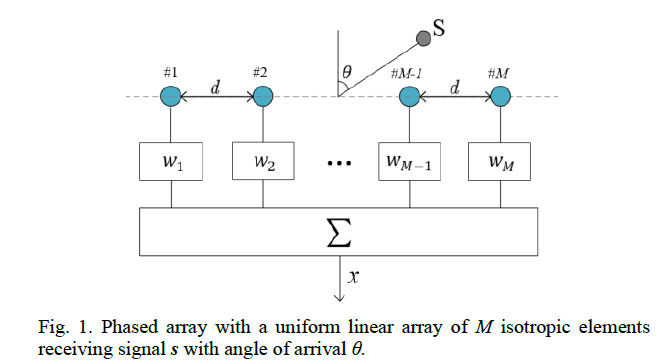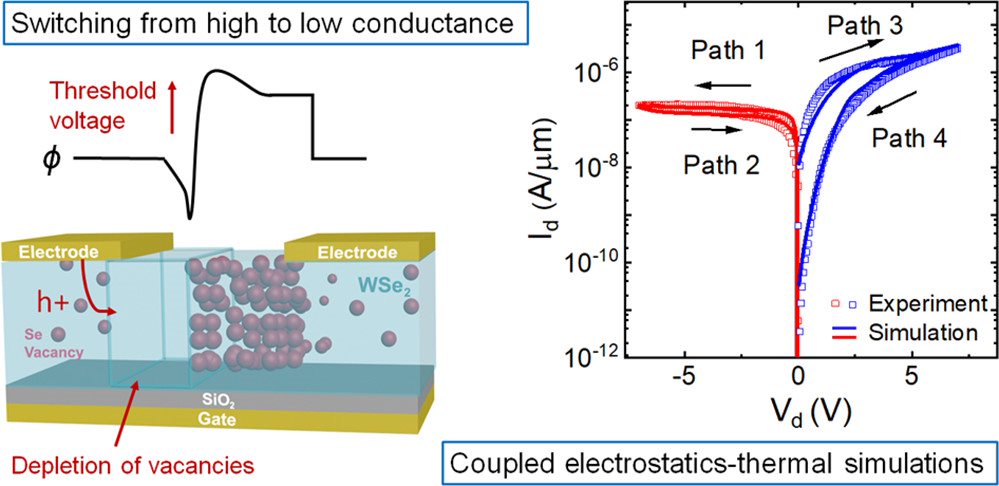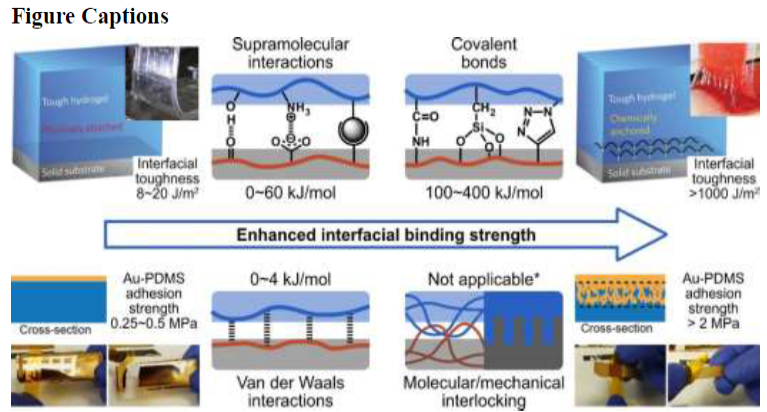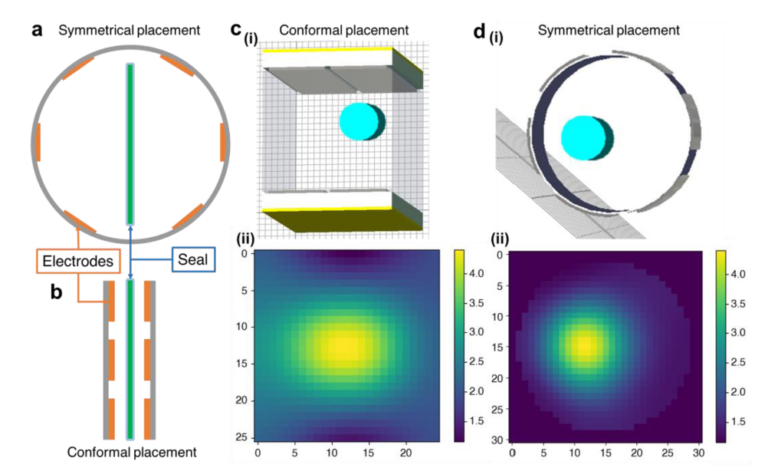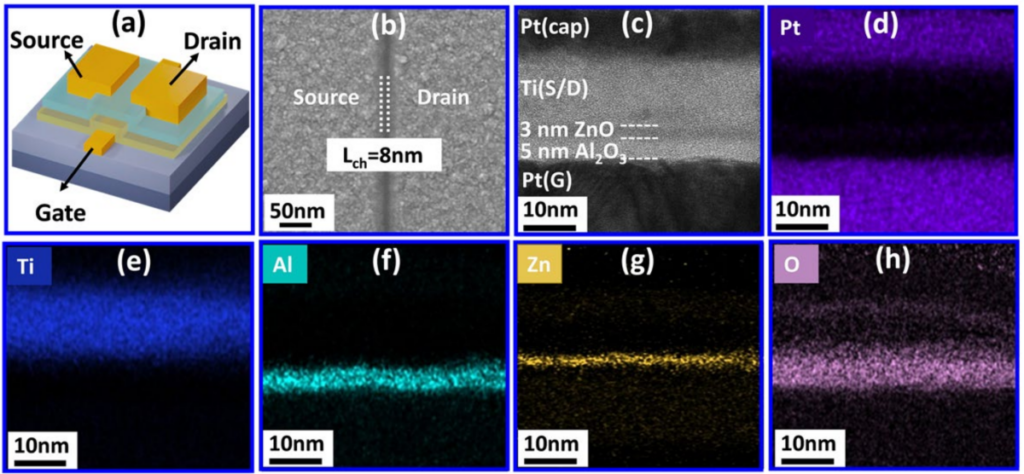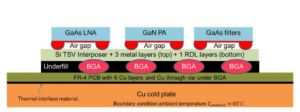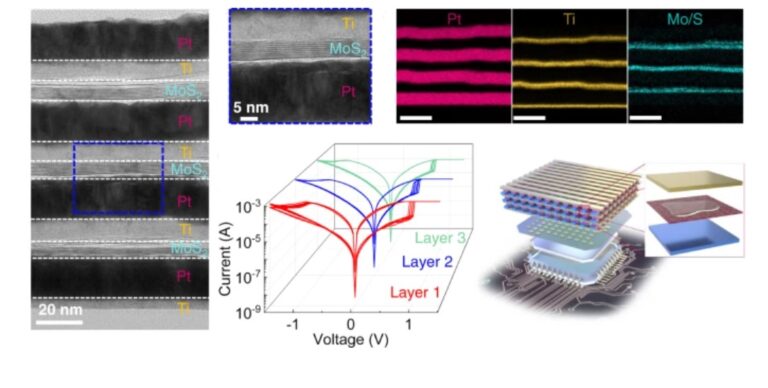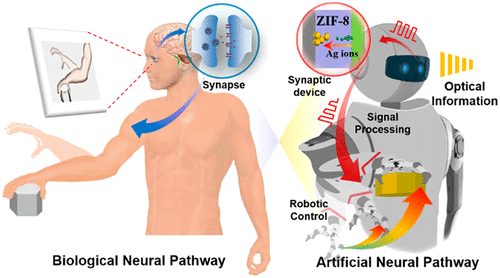Publication
- A 1.3-Micrometre-Thick Elastic Conductor for Seamless On-skin and Implantable Sensors

On-skin and implantable electronics require elastic conductors that are only a few micrometres thick and soft enough to form a seamless contact with three-dimensional structures. However, fabricating thin conductors that are mechanically durable and have consistent electrical properties with stretching is challenging. Here we report polydimethylsiloxane (PDMS)–gold conductors that are around 1.3 µm thick and have a controlled morphology of microcracks in the gold film.
The microcracks are formed by evaporating a 50-nm-thick gold film onto a 1.2-µm-thick PDMS film that is supported during fabrication by a 100-µm-thick PDMS film on glass; thermal expansion of the thick PDMS film causes the evaporated gold to form a microcracked structure on the thin PDMS. The resulting conductors can be stretched by up to 300% and remain highly conductive after strain release. We use them to create on-skin electrodes that are breathable and water resistant, and can continuously record electrocardiogram signals. We also use the conductors to create on-skin sensors with less than 3 µm thickness that can detect small mechanical forces and create implantable nerve electrodes that can provide signal recording and stimulation.
Researcher/Author: (1) NTU – Zhi Jiang, Nuan Chen, Feilong Zhang, Shaobo Ji, Xiaodong Chen (2) NUS – Zhigao Yi,Ji Shaobo, Xiaogang Liu (3) UM – Junwen Zhong (4) UESTC – Rui Liao, Yang Wang (5) UOT – Yan Wang, Tomoyuki Yokota, Takao Someya (6) A*STAR IME – Haicheng Li, Zhihua Liu (7) CEMS – Kenjiro Fukuda.
Nat Electron 5, 784–793 (2022)
https://www.nature.com/articles/s41928-022-00868-x


